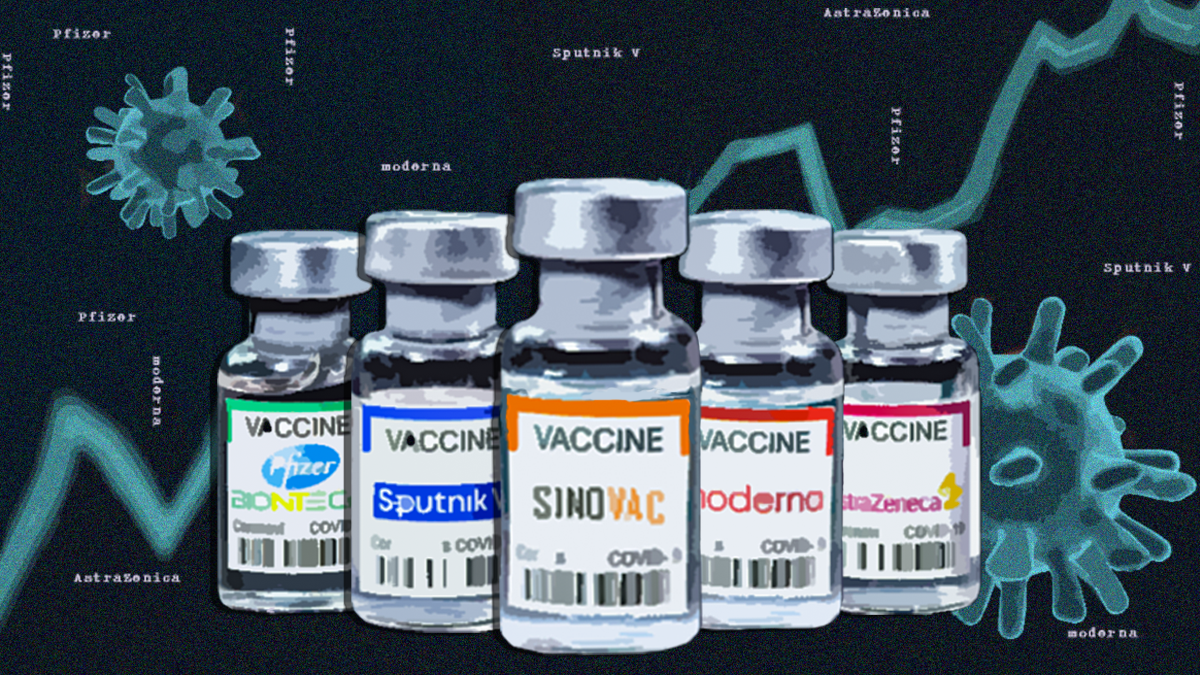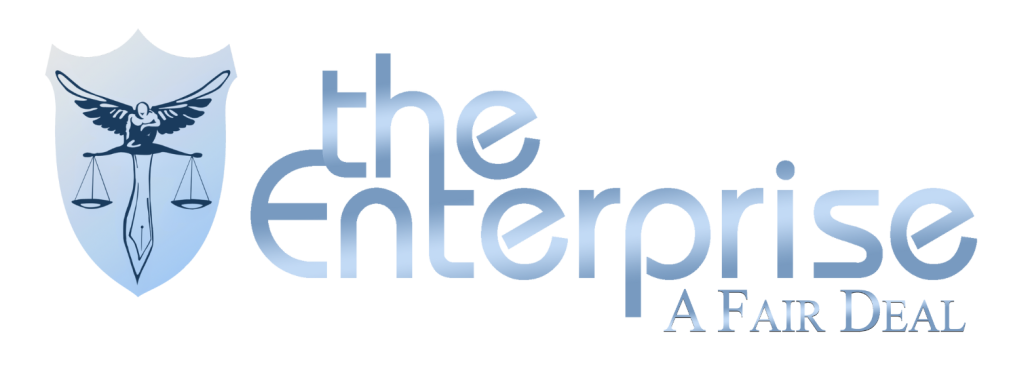
An Open Letter to the Filipino Youth Voters
June 30, 2021
Sanchez cedes position as Chairperson; Sagum to step in
July 6, 2021State of Infection: A Turtle’s Progress

As we enter the halfway point of 2021, the Philippines’ COVID-19 situation is still mired down by bureaucracies and uncertainties. In an effort to build back from the global crisis, our government did its best to keep up with the vaccination race unfolding all around the world. Although they have delivered on their promise to provide us with what we all hope would be our life-saving cure to this nightmare, it would take more time for the country to return to its former—albeit imperfect—glory. Now that the vaccination program is underway, the future looks brighter for us, but with caveats. With that, we look back at the events that happened from March to June and the developments that have unfolded since then.
Continued Combat
March 12
In the Philippines, 4,578 new cases were reported—the highest number in six months.
March 17
In view of its minimal adverse effects and shorter time interval between doses, Philippine health officials are considering providing up to 9 million doses of China’s Sinovac Biotech vaccines to senior citizens despite the recommendation by the Food and Drug Administration (FDA) to use it only on healthy adults aged 18-59.
March 18
Carlito Galvez Jr, the vaccine czar, informed the public that the Philippines has purchased and secured a down payment for Sinovac’s vaccines. The definite arrival of the first million doses on March 28 will mark the beginning of the country’s delayed vaccination campaign.
March 20
114 out of the 150 coronavirus-positive samples, which underwent whole-genome sequencing, were found to have the new COVID-19 variants—46 patients had the United Kingdom variant, 62 patients had the South African variant, and 6 patients had the Philippine variant.
March 22
Presidential Spokesperson Harry Roque announced that private entities are now allowed to procure their own COVID-19 vaccines.
March 26
The Philippine government authorized the vaccination of senior citizens and people with comorbidities, simultaneously with healthcare workers.
Hospitals and local government units (LGUs) were instructed to formulate a “substitution list”, where vaccines from different sectors would be classified as A1 (frontline medical personnel), A2 (senior citizens), or A3 (persons with comorbid conditions).
March 27
The OCTA Research group recommended the implementation of a Modified Enhanced Community Quarantine (MECQ) in the National Capital Region (NCR).
President Rodrigo Duterte placed Metro Manila and its four neighboring provinces—Bulacan, Rizal, Laguna, and Cavite—all of which form the “NCR Plus” bubble, under an Enhanced Community Quarantine (ECQ) from March 29 to April 4.
March 30
As manufacturing countries carried out mass vaccinations within their respective territories, the arrival of COVID-19 vaccines in the Philippine COVID-19 Vaccines Global Access (COVAX) facility was delayed due to global logistical issues. On the brighter side, about one million doses were still expected to arrive by April.
Work in Progress
April 3
The Greater Manila area remained under ECQ, the most stringent form of community quarantine, for another week due to requests from the DOH, several mayors, as well as OCTA Research group, to contain the pandemic.
April 5
The DOH announced that the US-based firm, Johnson and Johnson, has filed for an emergency authorization for the use of a single dose coronavirus vaccine in the Philippines.
April 6
The Bayanihan to Recover as One Act, or Bayanihan 2, expires on June 30. Thanks to a break in the clouds, Senator Sonny Angara expressly assured that even if the law lapses, our healthcare workers will continue to receive its benefits as long as President Duterte’s declaration of a state of national emergency remains in effect.
April 7
Vice President Leni Robredo’s office launched a teleconsultation platform, dubbed “Bayanihan E-Konsulta”, which aimed to assist outpatients in the NCR Plus bubble who cannot afford medical services. The free service became available via Facebook and Messenger.
April 10
In light of the ongoing clinical trials on the antiparasitic drug Ivermectin, experts said there was still insufficient scientific evidence to support its efficacy and safety in treating COVID-19.
April 11
After two weeks of being put through the strictest form of lockdown, the Duterte administration lifted the ECQ in NCR Plus. The bubble was then placed under MECQ the following day, April 12.
April 17
In light of DOH’s investigation of the COVID-19 France-variant that was allegedly undetectable via Reverse Transcription Polymerase Chain Reaction (RT-PCR) tests, Health Undersecretary Maria Rosario Vergeire assured that RT-PCR tests remain very effective in detecting SARS-CoV-2.
Vaccines on the Go
April 19
Following a nearly two-week hiatus, the Philippines announced it would continue to use AstraZeneca’s safe and effective coronavirus vaccine for those below 60 years old.
Vergeire noted that the agency would provide additional precautions to be taken when using the said vaccine.
April 26
Moderna, an American pharmaceutical company, has applied to the FDA for emergency use authorization of its COVID-19 vaccine in the Philippines.
April 27
Health Secretary Francisco Duque III stated that no travel ban was imposed on overseas Filipino workers returning from India as the country reels from a COVID-19 outbreak.
Duque told CNN Philippines that the government’s coronavirus task force has yet to discuss its latest move on the COVID-19 India variant – codenamed B1617 – which was believed to be driving the infection surge in India.
April 29
A portion of the 25 million CoronaVac doses purchased by the Philippine national government from Sinovac was just delivered. As of this day, the total number of doses distributed throughout the country was 4,025,600.
The COVAX Facility and Gavi also have confirmed that the Philippines will receive additional 2.3 million doses of the Pfizer and BioNTech vaccine by June.
Juggling from Left to Right
May 1
Vergeire said that the Russian-manufactured Sputnik V vaccine would continue to be a part of the Philippines’ vaccination campaign.
At this time, the Philippine government was still under an agreement process with Pfizer for the delivery of 40 million doses.
Meanwhile, 30 million doses of Moderna were set to reach the vicinity of the Philippines in the last quarter of May up to the first quarter of June.
May 2
The National Employment Recovery Strategy (NERS) has proposed a P24-B budget of wage subsidy for about one million private-sector workers.
Department of Interior and Local Government (DILG) Sec. Eduardo Año warned the LGU and the public against fake Pfizer vaccines as the World Health Organization (WHO) had given global alerts about the possibilities of fake vaccines in the market. Año clarified that the said vaccines have not yet reached the Philippines.
May 3
Philippine Senator Manny Pacquiao wrote a letter to United States President Joe Biden to “urgently request” his help to facilitate the immediate release of 20 million doses of the coronavirus vaccine made by Moderna.
May 5
Moderna’s Covid-19 vaccine was yet to be authorized, setting it as the seventh vaccine in the Philippines that applied for emergency use approval.
May 7
The DOH said that it was looking into the possibility of “mixing” various COVID-19 vaccine brands to see whether this would result in a stronger immune response. On the other hand, Malacañang announced that two million doses of the AstraZeneca jab were expected to arrive in the Philippines the following day, May 8.
May 12
In addition to the previously delivered 15,000 “component I” doses last May 1, the Philippines now had a total of 30,000 doses of the Russian vaccine Sputnik V after the arrival of 15,000 “component II” doses on this date.
According to the NTF vs COVID-19, the two doses of the Sputnik V vaccines are not identical to each other which sets it apart from other typical vaccine brands whose second dose is identical with the first one.
May 15
Ten additional occurrences of the “double mutant” COVID-19 Indian variant increased the total number of verified Indian variant cases to 12.
May 19
The DOH announced that the vaccination of people belonging to sectors A4 and A5, which are front liners and indigent Filipinos, will be focusing on Metro Manila and other priority areas.
May 25
Department of Science and Technology (DOST) Undersecretary Rowena Guevara stated that a thorough study will be conducted by June to measure the effectiveness of all available coronavirus vaccines in the country.
May 28
The Philippines was one of the selected countries set to receive a portion of the United States’ donation of 80 million vaccine doses, as per Philippine Ambassador Jose Manuel “Babe” Romualdez.
May 31
The Philippines received its third batch of Gamaleya Institute of Russia’s Sputnik V vaccines which consisted of 50,000 additional doses.
The DOH applied for the FDA’s authorization to use Sinopharm’s coronavirus vaccine in an emergency situation.
More Doors Start to Open
June 4
The Philippine government allowed Filipinos from India and nearby countries to return to the country through repatriation efforts despite the travel ban meant to curb the entry of the Delta COVID-19 virus variant.
June 5
Presidential Adviser for Entrepreneurship and Go Negosyo founder Joey Concepcion said that the government would be able to administer “easily over one million” first doses of COVID-19 vaccines to the private sector by August.
June 8
The use of Pfizer and BioNTech’s COVID-19 vaccines on adolescents who were 12-15 years old was authorized by the Philippine FDA.
According to Vergeire, this was the country’s approach in prioritizing the remaining vulnerable population since there was a limited supply of vaccines.
June 10
The Philippines received one million more doses of Coronavac on this date, marking the eighth batch of shipment from Sinovac. This brought the total number of vaccine doses delivered to the country to about 10.3 million.
In line with the arrival of Sinovac, more than 100 000 doses of Pfizer-BioNTech have landed in Davao City from the COVAX facility.
June 11
Senior citizens in the areas under General Community Quarantine (GCQ), two weeks after the completion of the vaccination program, were allowed to go out. Along with this, 30% capacity of gyms, fitness centers, and other non-contact sports were allowed to operate with a requirement of safety seal certification from DOH and the Department of Trade and Industry (DTI).
Areas in Visayas and Mindanao faced the highest recorded new COVID-19 cases in the country. As per Social Weather Stations (SWS), fewer Filipinos residing in the said areas follow safety protocols.
As of today, 6,686 new COVID-19 cases were recorded pushing the tally to a total of 1,300,349 cases where 61,345 remained active.
June 12
The Philippines bought 100,000 doses of Sputnik V vaccines which will be allocated to NCR plus 8 and other areas in Visayas and Mindanao.
Galvez Jr. said that vaccines for 17 years old and below may arrive in the last quarter of the current year.
At the end of June, additional Sputnik V vaccines were expected to reach the Philippines, according to the Russian ambassador.
June 14
The DOH announced that LGUs may distribute vaccines to the indigent sector in excess of those vaccines meant for existing priority groups.
June 15
As a consequence of the worsening COVID-19 situation, some areas will be placed under MECQ effective the following day until the end of June.
Finance Secretary Carlos Dominguez III told the Senate that for our country to cover the COVID-19 vaccination of children ages 12 years old and above, an estimated P25 billion is needed and another P60-B for booster shots of one dose for adults and teenagers.
As a pandemic response, AstraZeneca vaccines were donated to the Philippines by the Japanese government.
Meanwhile, there were a total of 1,327,431 cases in which 58,063 remained active.
The death toll has increased by 118, pushing the total to 22,963 while 6,667 recoveries were recorded, hitting a total of 1,246,405.
June 16
Concerning the COVID-19 protocols, Senator Panfilo Lacson urged the government’s task force to look for the “middle ground” for Overseas Filipino Workers (OFW) and other returning Filipinos.
FDA Director-General Dr. Eric Domingo said DOST will start clinical trials for Ivermectin this month.
Meanwhile, some patients in Bicol had to wait in their respective houses before getting admitted to the hospital as isolation and ICU beds were scarce.
DOH said that the number of COVID-19 cases in NCR may kick higher as the declination gets slower.
Bureaucracy in Action
June 17
As per the recommendation of the IATF, the use of face shields inside enclosed public spaces and transportation became mandatory.
Meanwhile, 1.5-M doses of Sinovac vaccines have arrived in the Philippines.
June 21
Face shields were no longer required to be worn outdoors as appealed by the IATF for the Management of Emerging Infectious Diseases (IATF-EID). Prior to this appeal, President Duterte required the use of face shields only inside hospitals. However, as a precaution against the Delta coronavirus variant, face shields were required again both indoors and outdoors.
June 22
President Duterte announced that citizens who refuse to be vaccinated would either be jailed or injected with the anti-parasitic drug, Ivermectin, which is mainly not recommended by the FDA and World Health Organization (WHO).
June 27
The Philippines finally received its first batch of Moderna vaccines consisting of 249,600 doses.
June 28
As of this date, 2.57 million or only 2.4% of the population have been fully vaccinated.
Despite all the setbacks and controversy, what we thought were broken promises are now slowly being fulfilled. The government has somewhat been consistent in vaccine procurement, imposed stricter lockdowns in Metro Manila and its surrounding areas which were the COVID-19 hotspots since 2020, and has made medical services and assistance easily accessible especially to those who cannot afford them. However, whether or not we will be able to eliminate the virus and resume our normal lives, as other countries have, is still uncertain. These achievements merely mark the beginning of our retaliation against the unseen enemy. Let us hope that with these improvements, this year will be different.
LAYOUT BY: Casey R. Aguilos
PHOTO SOURCE(S): Quartz Media and CU Management


